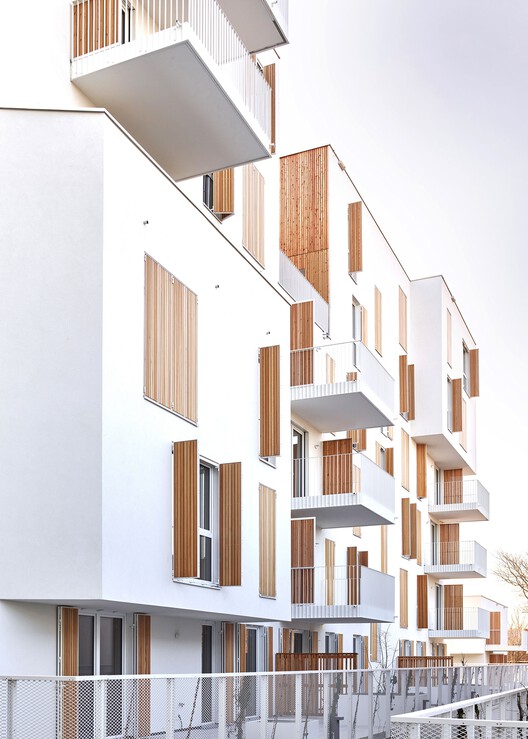
-
Architects: Arenas Basabe Palacios, Soyka-Silber-Soyka Architekten
- Area: 54896 ft²
- Year: 2022
-
Photographs:Kurt Hoerbst
-
Manufacturers: Ehret
-
Lead Architects: Enrique Arenas, Luis Basabe, Luis Palacios

Text description provided by the architects. The Selma Am Park project sets its origins in the Urban Software proposal, awarded in the EUROPAN 12 competition in Vienna. This project put faith on an urban strategy where the process prevailed over the final result, by creating a flexible support capable of reacting to the very diverse scales and conditions of its context.























